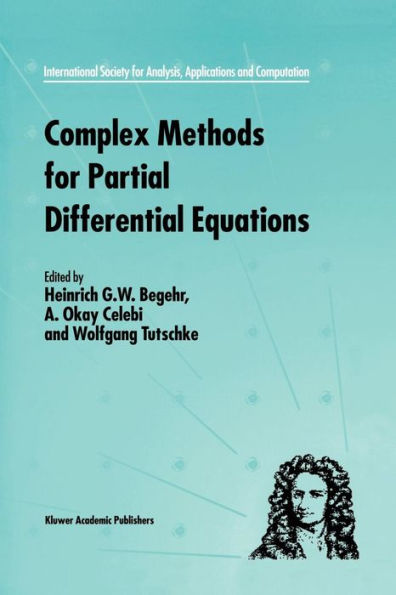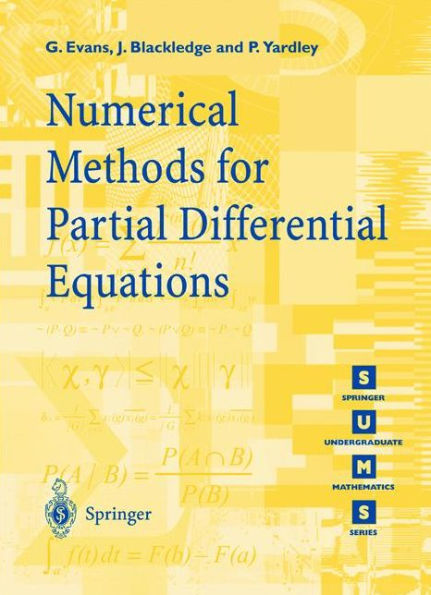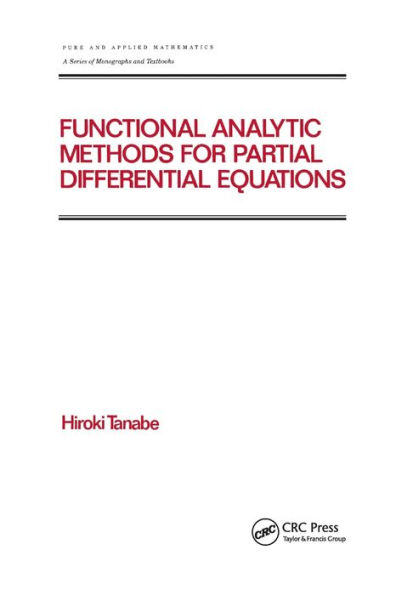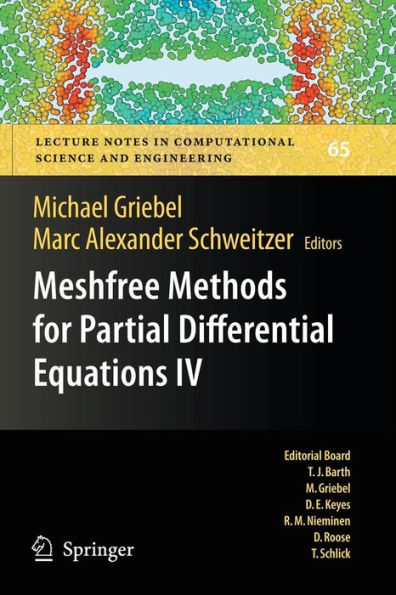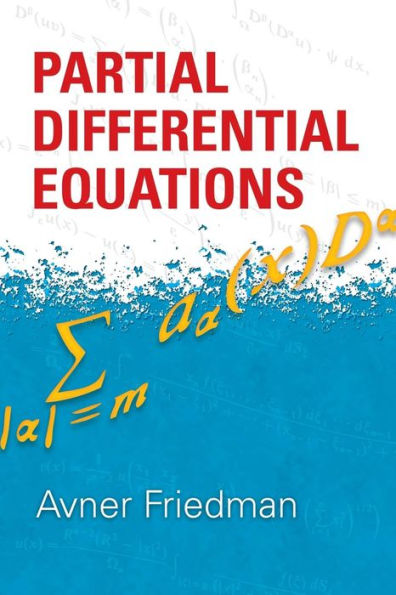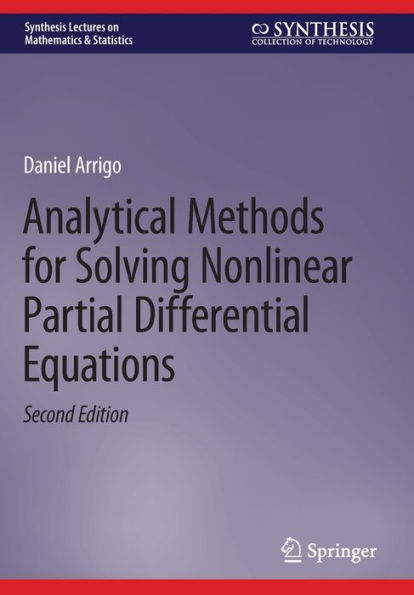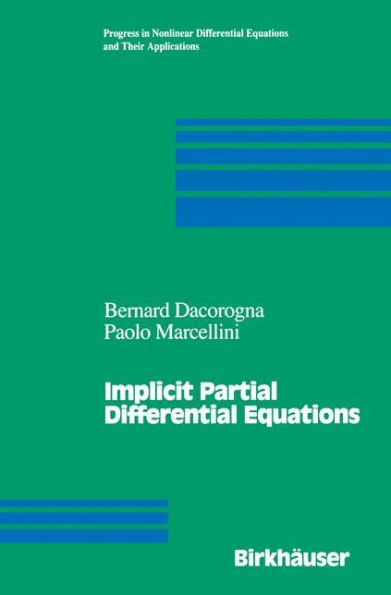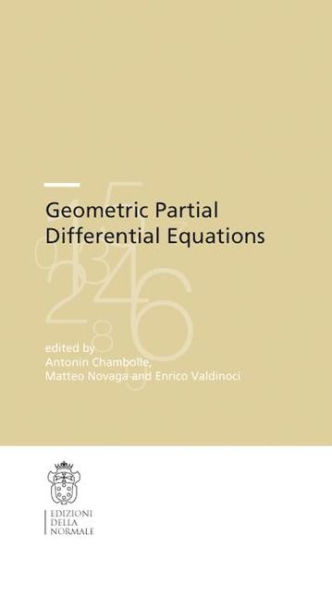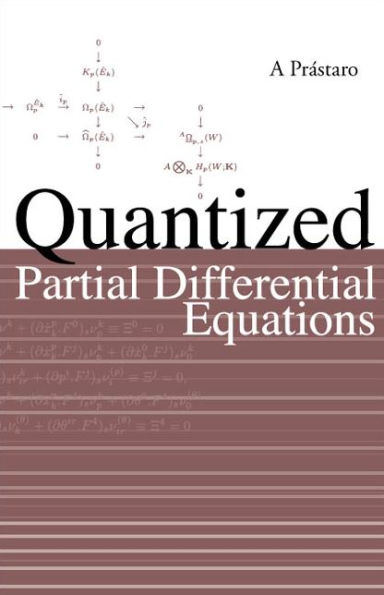Home
Proper Orthogonal Decomposition Methods for Partial Differential Equations
Loading Inventory...
Barnes and Noble
Proper Orthogonal Decomposition Methods for Partial Differential Equations
Current price: $150.00
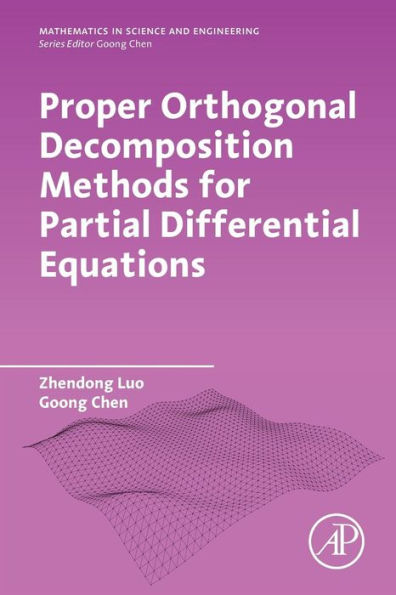

Barnes and Noble
Proper Orthogonal Decomposition Methods for Partial Differential Equations
Current price: $150.00
Loading Inventory...
Size: OS
*Product Information may vary - to confirm product availability, pricing, and additional information please contact Barnes and Noble
Proper Orthogonal Decomposition Methods for Partial Differential Equations
evaluates the potential applications of POD reduced-order numerical methods in increasing computational efficiency, decreasing calculating load and alleviating the accumulation of truncation error in the computational process. Introduces the foundations of finite-differences, finite-elements and finite-volume-elements. Models of time-dependent PDEs are presented, with detailed numerical procedures, implementation and error analysis. Output numerical data are plotted in graphics and compared using standard traditional methods. These models contain parabolic, hyperbolic and nonlinear systems of PDEs, suitable for the user to learn and adapt methods to their own R&D problems.
evaluates the potential applications of POD reduced-order numerical methods in increasing computational efficiency, decreasing calculating load and alleviating the accumulation of truncation error in the computational process. Introduces the foundations of finite-differences, finite-elements and finite-volume-elements. Models of time-dependent PDEs are presented, with detailed numerical procedures, implementation and error analysis. Output numerical data are plotted in graphics and compared using standard traditional methods. These models contain parabolic, hyperbolic and nonlinear systems of PDEs, suitable for the user to learn and adapt methods to their own R&D problems.
